How to plant bush and curly beans in a summer cottage
It is believed that planting beans is a simple matter. Indeed, you can just throw the seeds in the garden and forget about them. Stunted whips with a pair of limp pods will grow. If you want to have delicious fruits from your own garden on the table, pay attention to the plant, provide such care that this species requires. In areas with short summers, find out how long after planting the crop will ripen and see if this variety is right for you.
Features of beans
Many varieties of legumes are hidden under one name. Before purchasing seeds, you need to decide which varieties you need. Much depends on how you are going to use the crop: cooking unripe pods or making bean soups.
For food use, beans are divided into 3 categories.
- Asparagus produces tender pods without a parchment layer. A very tasty variety, but the harvest can only be preserved frozen.
- Peeling. Only seeds are suitable for food, which, when dried, can be stored for many years.
- Semi-sugar. Young pods can be eaten, but later they harden, and only seeds become suitable for culinary purposes.
In addition to the quality of the fruit, there are many more ways to classify this culture. One plant may be completely different from another, it is even difficult to assume that they belong to the same species.
Beans are:
- curly;
- bush;
- upright;
- annual;
- perennial;
- vegetable;
- decorative.
Although the plant came from warm countries, it is not very demanding on temperature. Of course, the sprouts will die during frost, but at a positive temperature, the grains can be germinated in the open field. The main problem when growing in the northern regions is not the cold summer, but the long duration of daylight hours. The native land of the species is Latin America, located near the equator. The duration of daylight and darkness is approximately the same there, about 12 hours. White nights interfere with the development and yield of beans; it will be necessary to include closure with opaque materials in caring for it.
A big plus for the gardener will be the property of plants to pollinate only with their own flowers. Several varieties of beans can be grown on the garden bed, but the pollen of one specimen will not get onto the others, and all the qualities will remain unchanged. If you do not have hybrid varieties, you can safely collect seeds and plant them next year in your garden. All varietal qualities will be preserved, no matter how many other varieties grow in front of the bush.
How to awaken seeds
When buying planting material, be sure to look at what species the plant belongs to. Asparagus varieties will give you young pods, while hulling only seeds. In any case, the beans must be soaked before planting, otherwise they will not hatch for a long time. When the summer is short, pay attention to the timing of fruit ripening. Try to purchase localized varieties of local breeding that are more hardy, they do not need special care.
Landing times depend on the weather. In order for the beans to sprout, the earth must warm up to + 15ние, the spring frosts must end. In the southern regions, they begin to plant when the chestnut blooms, and in areas where this tree does not grow, you will have to navigate by the weather forecast and your own intuition. First, lay the beans of erect varieties in the ground, after a week the turn of climbing plants will come.If the summer is warm and long enough, bush beans can be planted in July in the beds where early vegetables and greens grew before.
Go through the seeds, put aside all rotten, damaged, deformed ones. They must be soaked in the evening and kept in water the whole night. In the morning, select those that are not swollen, and hold the rest for a few minutes in a solution of boric acid (dilute 1 g of powder in 5 liters of water). With this treatment, before planting, the plants will not be afraid of diseases and pests.
Site preparation
It's time to figure out how to plant the beans so they sprout faster. Legumes have their own soil requirements. They do not need excess nitrogen, they themselves are good green manures and enrich the earth with nutrients. The plant does not like soils that do not allow water to pass through well and contain a lot of stagnant moisture. Grows best in sunny areas where there is no strong wind. Remember that legumes can be grown in one place only for one season, you can return to the same bed no earlier than 3 years later so that pests and diseases do not attack the plantings. But if vegetable crops grew in front of them, the plants develop correctly and enrich the depleted soil.
Advice
Grow beans on poor, nutrient-poor soils. Next year, the garden bed will be saturated with nitrogen and ready to receive vegetable crops.
Dig up the area in the fall, add for each m2 0.5 buckets of compost, 1.5 tablespoons of superphosphate and 1 tablespoon of ash. Make rows at a distance of 0.5 m from each other, dig holes at intervals of 30 cm. Each nest should have no more than 3 bushes, but you can put 5 beans for insurance. Water well and compact the soil. If you are afraid of night frosts, cover the bed with foil.
Planting beans correctly - 5 cm deep. If the soil layer is too thin, the sprouts may fall to the ground. If it is too deep, it will take a long time to wait for seedlings. In this case, the culture sometimes does not germinate at all, the grains rot in the soil.
Plantation care
When the beans have already sprouted, bush varieties should be huddled so that the stems are kept straight. For curly beans, you need to arrange a support: trellises or cords going from top to bottom. You can plant the plant under fruit trees and tie the twine to the branches. The legumes will fertilize the soil for the apple tree, and it will protect the whips from the wind. Do not take slippery materials as support for the stems: metal, plastic: the lashes will slip off them. Other tall crops (corn, sunflower) are suitable as support, just make sure that the plants do not infect the same diseases and pests.
Advice
You can drive a stake into the area, tie pieces of twine to its top and strengthen them on the ground around the circumference. The plants will braid the cords, and you get an Indian wigwam for children to play.
For irrigation, you need to use rain or settled water. The temperature of the liquid should not be very different from the ambient air. If you brought water from a well or underground container, do not pour it directly under the bush, let it warm up.
If you want to get a rich harvest, water the beans in the correct way.
- Water once every 7 days after planting. How much water you need, determine for yourself: the soil should be moderately moist, but not soggy.
- When the fifth leaf appears, stop watering.
- When flowers appear, resume watering as after planting.
- Gradually increase the amount of fluid and decrease the interval between waterings. Moisture should be doubled and more frequently before pods form.
The care also includes fertilizing the beds. Top dressing begins after the appearance of a real leaf. During this period, the plant needs fertilizers with a high phosphorus content. When the buds start to appear, pour the potassium salt solution over the garden bed, and when the beans form, sprinkle ash under the bushes.Legumes do not need nitrogen, they will take the required amount from the air, and with an excess of nitrates, greens will begin to develop rapidly to the detriment of the harvest. Remember that plants can absorb all nutrients only in dissolved form, after each feeding, water the garden bed.
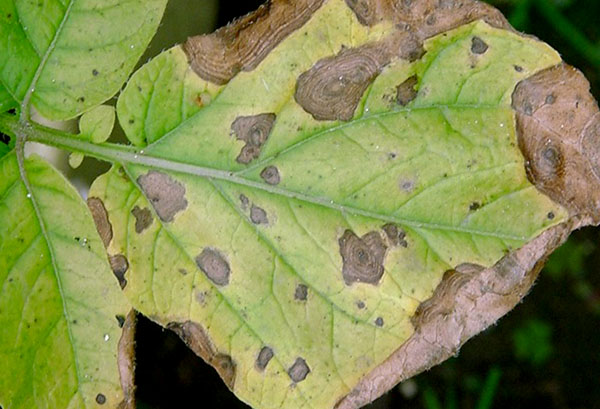
Legume diseases and pests
Legumes rarely get sick. Basically, improper care, contaminated soil or planting material is to blame for the occurrence of diseases. To avoid infection, do not plant the same crops in the same area for several years. Soaking in boric acid helps the development of immunity well. As soon as the beans have sprouted and after harvesting, the soil can be treated with a disinfectant "Fitosporin". If the disease appears, dig up and burn the damaged plants, and treat the soil and the rest of the plantings with Bordeaux mixture.
There are 3 main diseases of legumes.
- Viral mosaic. When infected, dead areas appear on the leaves.
- Bacteriosis Not only causes the death of this season's plantings, but also remains in the soil for many years.
- Anthracnose. Brown spots appear on the leaves, then the affected areas acquire a yellow tint and holes.
Beans are dangerous pests: scoops, whose larvae eat greens, and bean weevil, which lives in beans. The larvae can be controlled with insecticides. To prevent grains from entering the site, sort out the seed, plant only undamaged beans, pretreated with boric acid, and arrange for proper plantation care.
Harvesting and storage of crops
Both green pods and ripe beans are good food. Young fruits can be harvested 15 days after flowering. It is best to cut the pods with scissors in the morning. At this time, they gain the maximum amount of moisture and become juicy. You can eat green beans fresh, in salads, or prepare vegetable dishes.
The kernels are harvested when the pods are dry. Cut off the stems and hang them from the bottom in a dry place with good air circulation. After 15 days, the pods will open easily, and the grains will easily separate from the cuttings. Dry the crop if necessary, and then store it in jars under lids. Only fruits from the bottom of the bushes are suitable for seeds. Choose the strongest and most productive plants without signs of disease, collect grains and store them on the bottom shelf of the refrigerator.
You don't need to dig up the roots. Special nodules on the underground part of the plants will continue to work. Biological processes enrich the soil with nitrogen. The remaining root system will decompose and turn into organic fertilizer before the next season.
Growing beans indoors
Grain varieties in cold regions do not have time to yield. Growing beans at home or in greenhouses is more suitable for this area. A bush variety is more suitable for a room, it does not need a lot of room for growth. If you have tall windows, you can also plant curly ones.
Choose a deep container for plants so that the roots can develop correctly. Fill the crates with a mixture of peat, sand and compost with the addition of compound fertilizers. For climbing varieties, provide supports with a height of 1.5 m. Watering and care is carried out in the same way as for planting in open ground.
Plants do not have enough light indoors. Organize fluorescent lighting so that a bean “day” lasts at least 12 hours. Please note that grain yields at home will be low. This option is more suitable for obtaining young pods, although you will not get as many of them as in the garden.
Output
Outdoor cultivation of beans is best done in the southern regions. The ripening period of the crop for grain varieties can exceed 100 days. If crops are planted in June, harvesting will begin in mid-September.Find out if the warm weather in your area will last until early fall. When buying planting material, choose the types of local selection, they are more adapted to the conditions of your territory. The grains must be soaked before planting, they do not germinate when dry.
Bean care includes watering according to a special scheme. In each period of development, plants need a different amount of moisture. Be careful, the volume of the crop depends on it. If everything is done correctly, in the middle of summer you will have enough of young pods, and before the onset of frost, create a supply of grains for the whole winter.

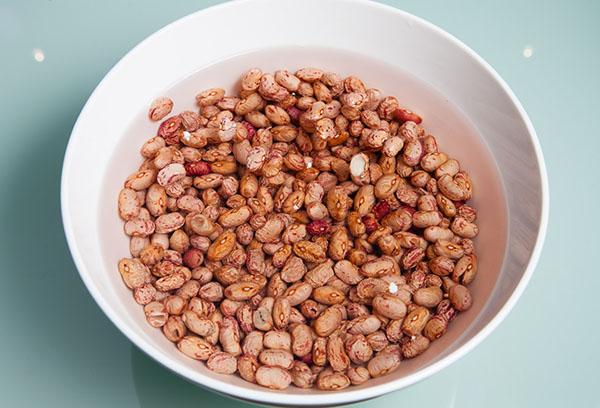
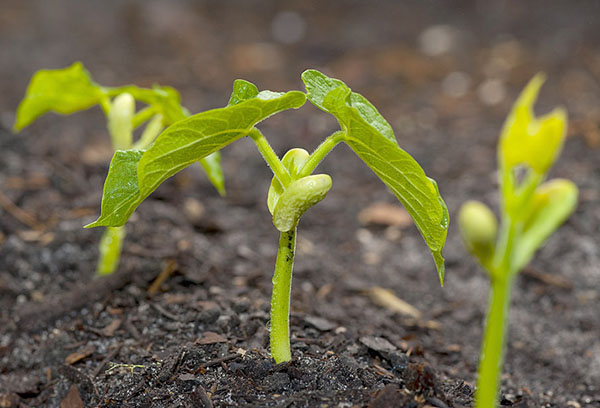

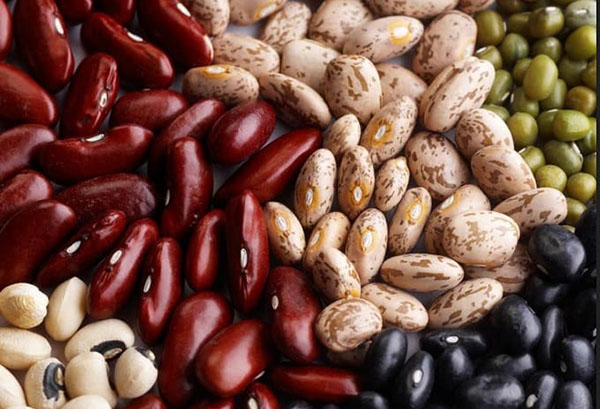
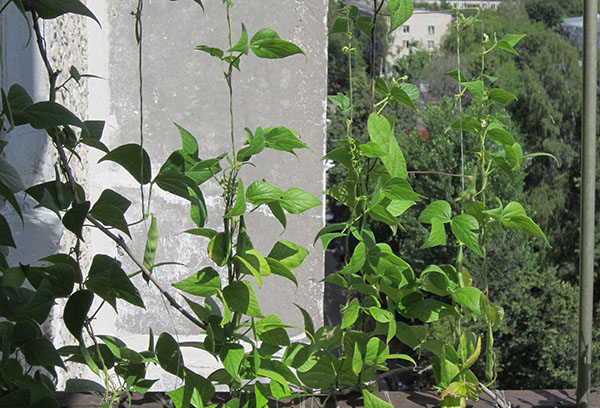

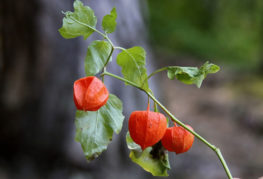

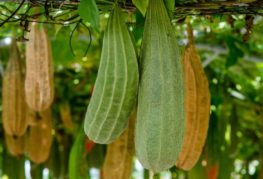
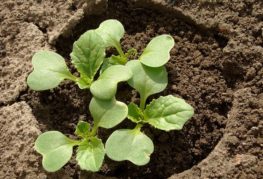

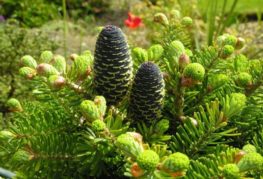
and will be published shortly.